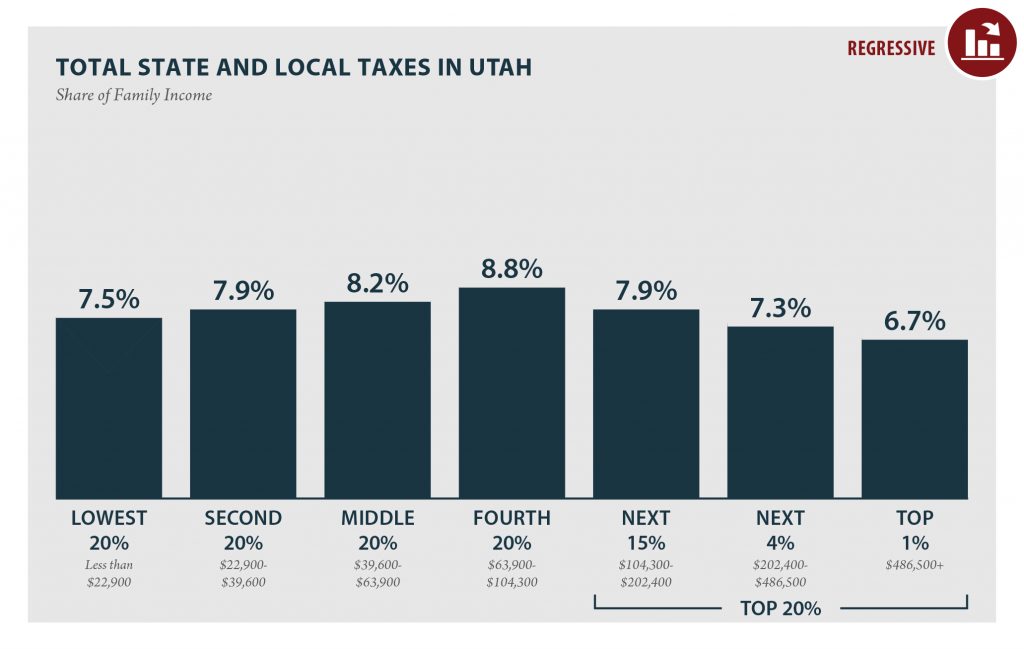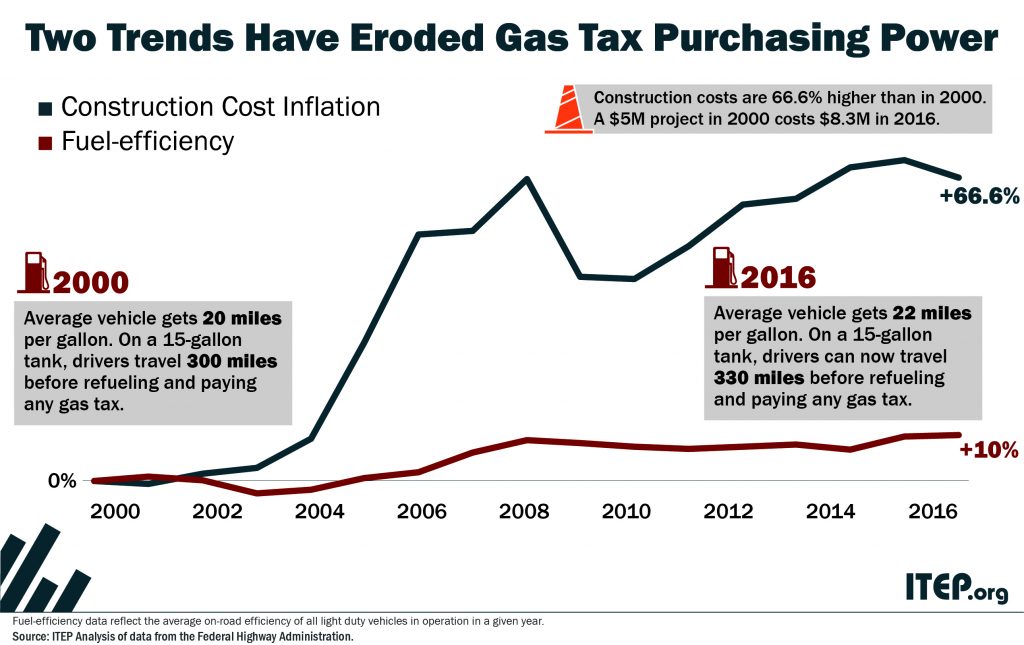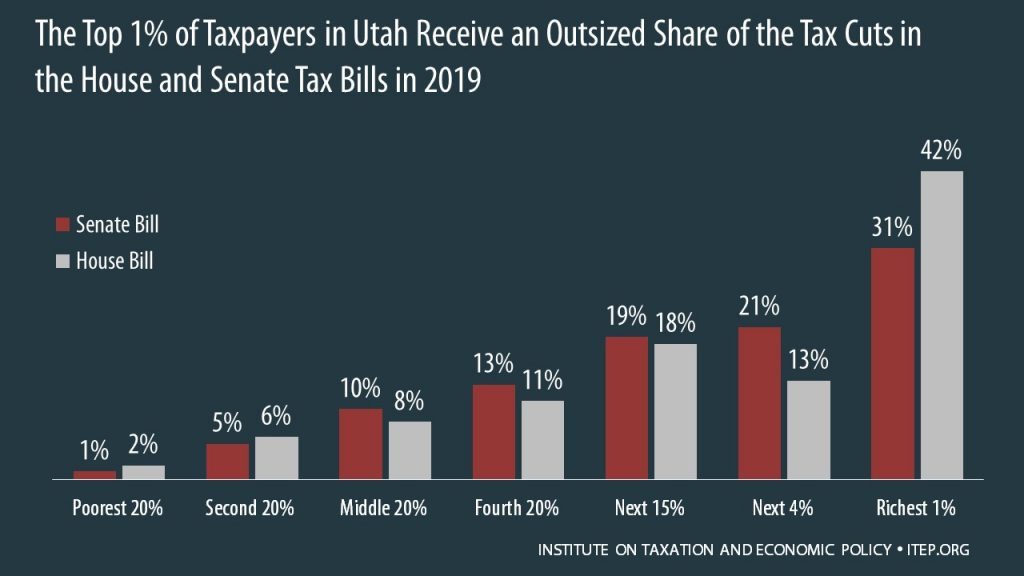Down-to-the-bone look at taxes called a necessity
By James Thalman
Deseret News
Published: Friday, Nov. 27, 2009 4:39 p.m. MST
Cutbacks in agency budgets have so far helped Utah handle a tax-revenue pinch, but they won’t do much to get through the blockage awaiting in 2011, local and national budget-policy analysts say.
A state regularly singled out as running the country’s tightest financial ship has done so the past two years through serious cutbacks in employees and programs, plus one-time infusions of state and federal money to make ends meet.
Just as one-time spending means it can be spent one time, cuts are one-time as well, agency heads are telling state lawmakers, and the reduction route pretty much dead-ended this year.
The committee of lawmakers overseeing the state’s health and human services took a look Wednesday at budget proposals that departments are preparing for 2011 and then voted unanimously to endorse them.
Members admitted afterward that the gesture is genuine but likely hollow, given that projected revenues and all other signs of the economy in general remain bleak.
Sen. Allen Christensen, R-North Ogden, put it this way: “It’s about finding the dollars. Unlike the federal government, our printing machine is broken, and trying to allocate them is nearly impossible.”
The situation calls for a down-to-the-bone examination of the tax structure, said Matthew Gardner, executive director of the nonprofit, nonpartisan Institute on Taxation and Economic Policy.
A new state-by-state review of tax systems he wrote, “Who Pays? A Distributional Analysis of the Tax Systems in All 50 States,” notes that a good place to start would be a review of Utah’s reliance on regressive sales and excise taxes. He said they dramatically overburden the poorest Utahns and protect the wealthy.
As Utah lawmakers are forced to make difficult tax and spending decisions in the coming years, Gardner said, “they should be mindful that the Utah tax system already falls most heavily on the very poorest families in the state.”
He added that the state’s income tax is only mildly progressive — not enough to offset the impact of these other taxes.
The study’s bottom line:
• The poorest fifth of Utah non-elderly taxpayers — those making less than $20,000 a year — pay 9.3 percent of the their income in Utah state and local taxes.
• Middle-income Utah taxpayers — those earning between $34,000 and $56,000 — pay 8.9 percent of their income in Utah state and local taxes.
• The richest Utah taxpayers pay only 5.7 percent of their incomes in Utah state and local taxes.
“Coming amidst a proposal in Utah to restore the sales tax on groceries to the prevailing sales-tax rate, ITEP’s information underlines the importance of mitigating the effects of state taxes for Utah’s most vulnerable families,” said Allison Rowland, director of research and budget at Voices for Utah Children.
One option lawmakers have in considering whether to restore the food tax, Rowland said, is a bill to restore the sales tax on grocery balances with a refundable state earned-income credit for low-income families.
“This type of measure has been proven in other states to be a simple and effective way for the state to help offset the inequities in state taxes,” she said.
Rainy-day funds to the use they are intended to serve: shoring up state expenditures during a recession. Impact: up to $419 million, plus $100 million set aside for education growth in 2008.
• Expanding the state sales and use tax to all “feasibly taxable” services. Impact: $527 million per year.
• Imposing a temporary surtax of 1 percentage point on the individual income-tax rate paid by filers earning above $250,000 but below $1 million, and a surtax of 2 percentage points on those who earn $1 million or more. Estimated impact: $217 million per year.
• Imposing a temporary surtax of 1 percentage point on the individual income-tax rate paid by filers earning more than $250,000. Impact: $143 million per year.
• Removing exemptions to the severance tax on oil and gas. Impact: $160 million per year.
• Removing exemptions to the severance tax on gravel and sand mining. Impact: $29 million per year.
• Imposing a severance tax on coal, as do most other coal-producing states. Estimated impact: $12 million per year.
• Reinstating the full sales tax on food, and accompanying it with a 6 percent earned-income tax credit to compensate low-income families for their additional expenditures. Impact: $147 million per year.
• Raising tax on tobacco products to near the nationwide state average. Impact: $31 million per year.





